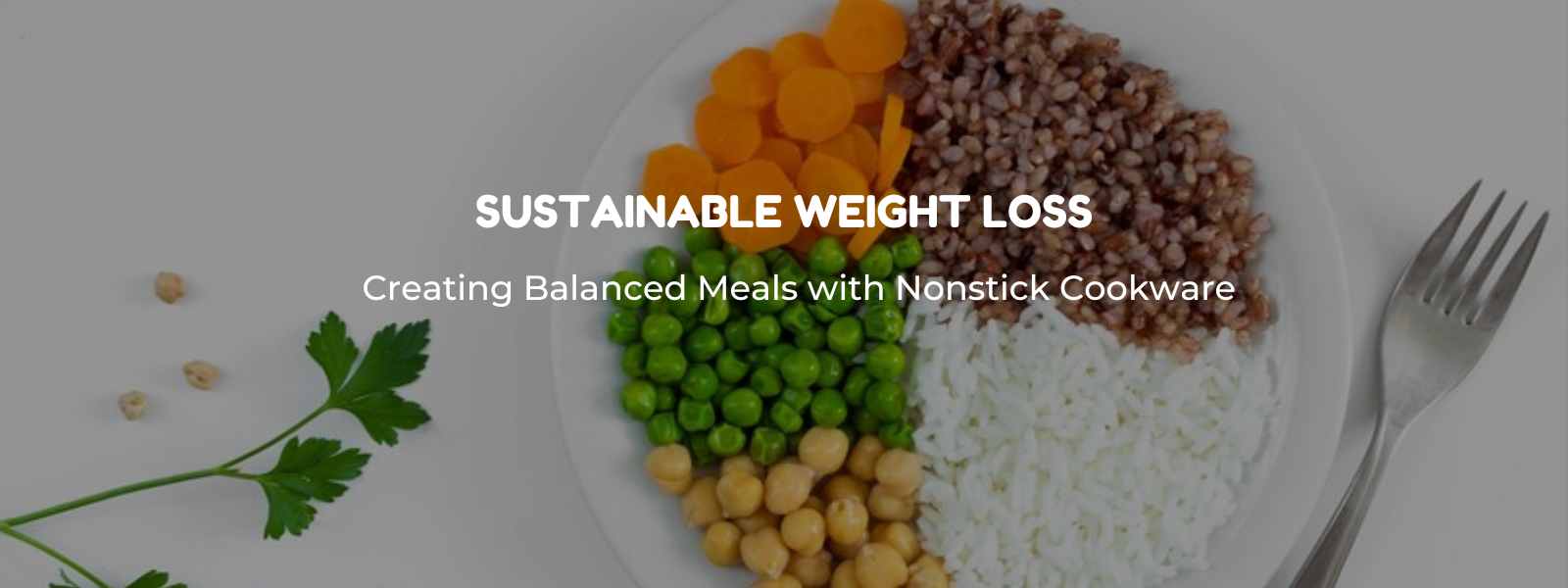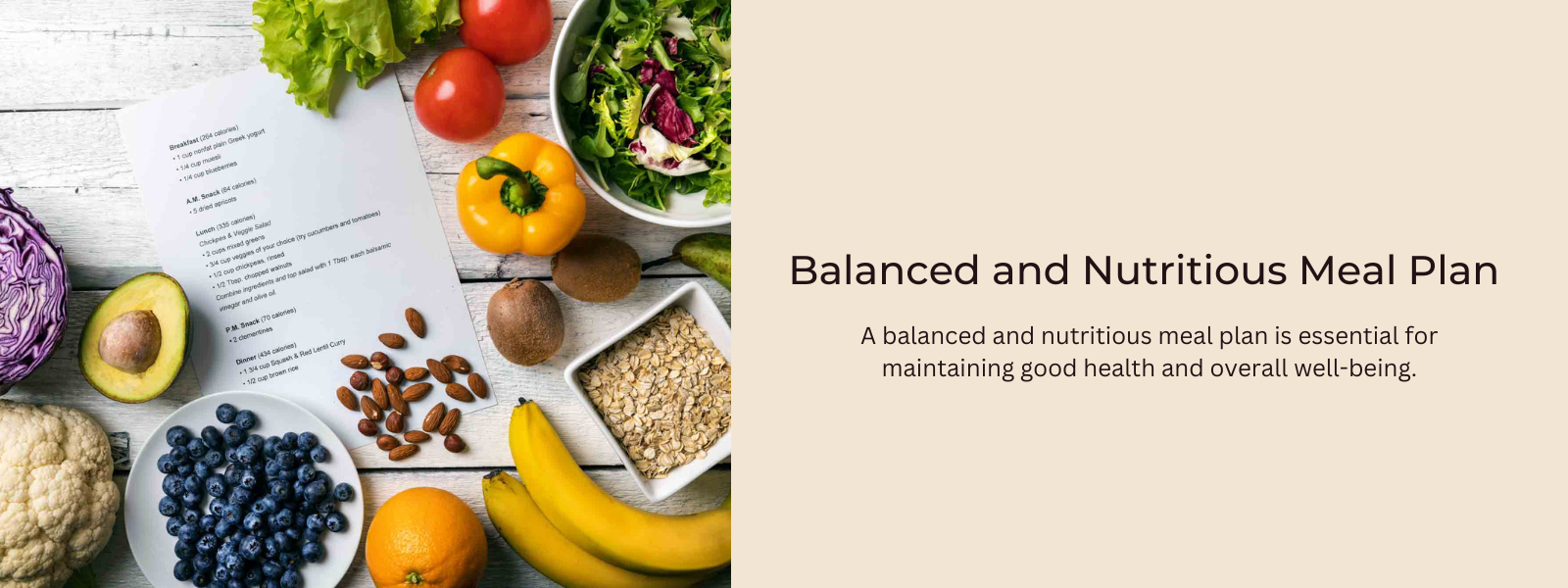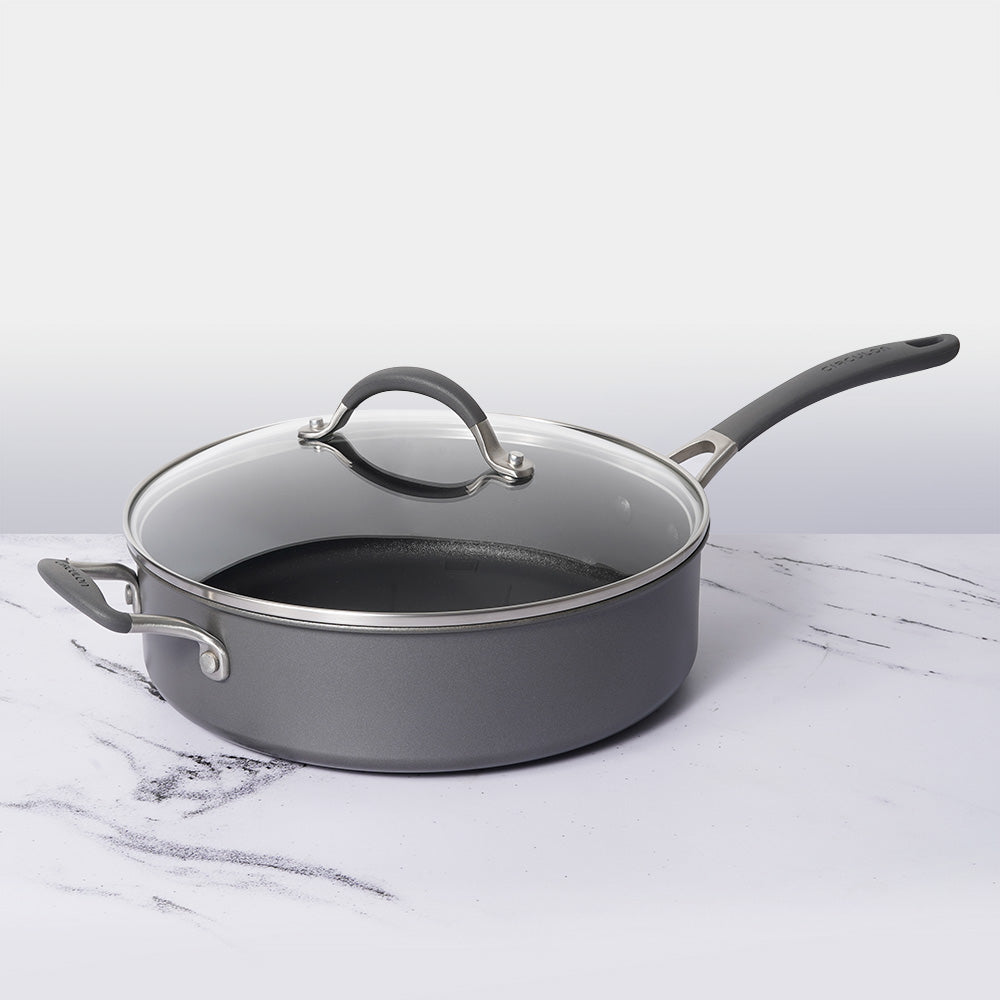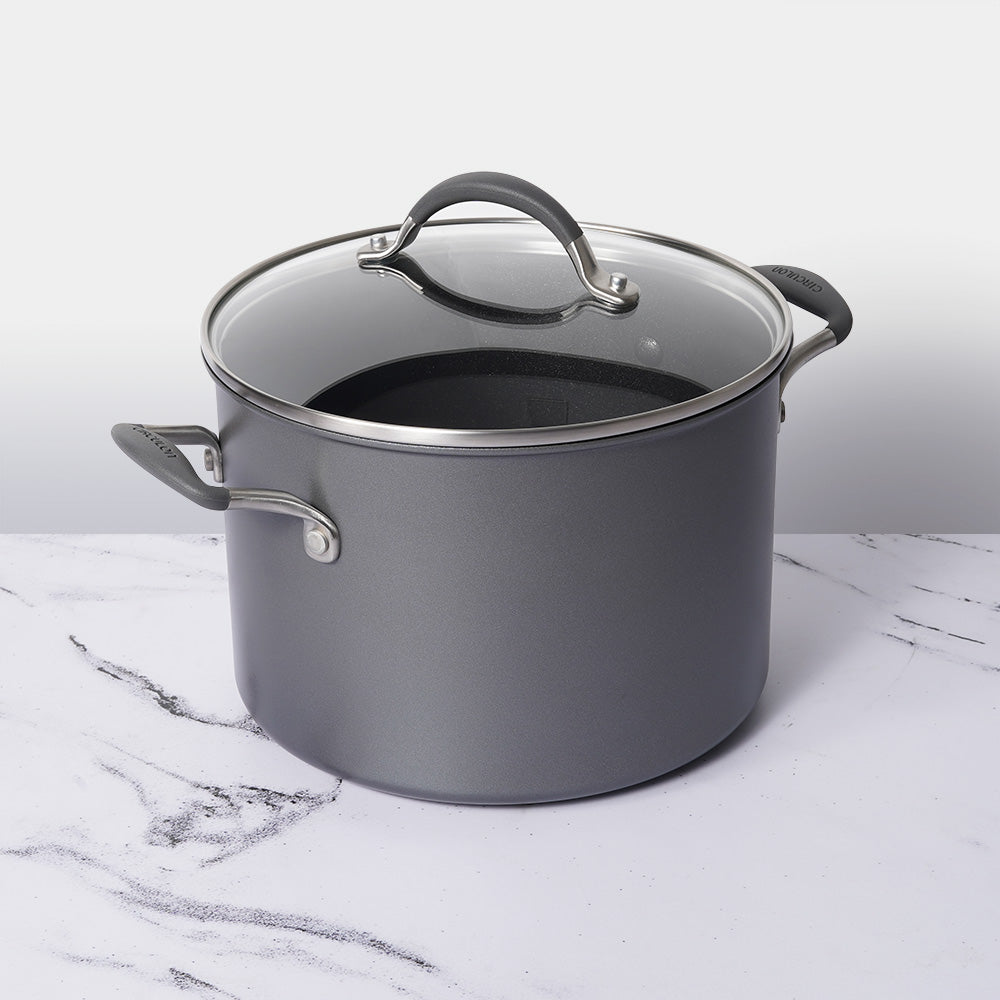The carbohydrate content of popular Indian takeout dishes can vary significantly depending on ingredients, cooking methods, and portion sizes. Dishes like biryani, naan bread, and samosas tend to be higher in carbohydrates due to their rice or flour-based components. For example, a serving of vegetable biryani can contain around 50-60 grams of carbohydrates, while a single piece of naan bread may have 30-40 grams. Lentil-based dishes like dal are generally lower in carbohydrates but can still contribute to overall intake, with around 20-30 grams per serving. Creamy sauces and fried items like pakoras or bhajis also add to the carbohydrate content, often due to added flour or starch for binding. It's essential to be mindful of portion sizes and balance higher-carb dishes with lower-carb options like grilled meats, salads, or vegetable curries to manage carbohydrate intake while enjoying Indian takeout.
Table of Contents
Are Carb Content Good For Health?
Carbohydrates are an essential macronutrient that provides the body with energy, particularly for the brain and muscles. They are found in a wide variety of foods, including grains, fruits, vegetables, legumes, and dairy products. While carbohydrates are an important part of a balanced diet and can provide numerous health benefits, such as supporting energy levels, fueling physical activity, and aiding in digestion, the quality and quantity of carbohydrates consumed can impact health.
Healthy carbohydrates, such as whole grains, fruits, vegetables, and legumes, are rich in fiber, vitamins, minerals, and phytonutrients. These complex carbohydrates are digested more slowly, leading to sustained energy levels, improved satiety, and better blood sugar control. They also contribute to overall health by promoting gut health, reducing the risk of chronic diseases like heart disease and type 2 diabetes, and supporting weight management.
On the other hand, unhealthy carbohydrates, such as refined grains, added sugars, and processed foods, can have detrimental effects on health when consumed in excess. These simple carbohydrates are quickly digested and can cause spikes and crashes in blood sugar levels, leading to feelings of hunger, fatigue, and cravings for more sugary foods. Overconsumption of unhealthy carbohydrates has been linked to weight gain, obesity, insulin resistance, inflammation, and an increased risk of chronic diseases.
Therefore, while carbohydrates are an essential part of a healthy diet, it's important to focus on consuming primarily whole, minimally processed foods that are rich in nutrients and fiber. This includes incorporating a variety of fruits, vegetables, whole grains, and legumes into meals and snacks while limiting intake of refined grains, added sugars, and processed foods. By prioritizing quality sources of carbohydrates and practicing portion control, you can support overall health and well-being.
Carb Content Of Popular Indian Takeout Dishes:
Here's a breakdown of the carbohydrate content in some popular Indian takeout dishes:
- Vegetable Biryani: Biryani is a flavorful rice dish typically made with basmati rice, vegetables, and various spices. While vegetables add some fiber and nutrients, the main source of carbohydrates in biryani is the rice. A typical serving of vegetable biryani can contain around 50-60 grams of carbohydrates per serving, depending on the portion size and recipe variations.
- Naan Bread: Naan is a traditional Indian flatbread made with flour, yeast, yogurt, and sometimes ghee or butter. It's often served alongside main dishes to scoop up curries or other sauces. Naan bread tends to be high in carbohydrates, with a single piece containing around 30-40 grams, depending on size and thickness.
- Chicken Tikka Masala: Chicken tikka masala is a popular dish made with marinated and grilled chicken pieces simmered in a creamy tomato-based sauce. While the sauce adds flavor and richness to the dish, it can also contribute to the carbohydrate content, especially if thickened with cream or yogurt. A serving of chicken tikka masala typically contains around 15-25 grams of carbohydrates.
- Dal (Lentil Curry): Dal is a staple dish in Indian cuisine made with lentils, spices, and sometimes vegetables. Lentils are a good source of protein and fiber, but they also contain carbohydrates. A serving of dal usually contains around 20-30 grams of carbohydrates per serving, depending on the type of lentils used and other ingredients added.
- Samosas: Samosas are savory pastries filled with spiced potatoes, peas, and sometimes meat, then deep-fried until crispy. While the filling ingredients are relatively low in carbohydrates, the pastry shell is made with flour, which adds to the carbohydrate content. A single samosa can contain around 20-30 grams of carbohydrates, depending on its size.
Are The Carbs Of The Popular Indian Takeout Dishes Harmful?
The carbohydrate content of popular Indian takeout dishes can vary, and while some dishes may be higher in carbohydrates, they are not inherently harmful. Carbohydrates are a vital macronutrient that provides energy for the body, and many Indian dishes contain a balance of carbohydrates, proteins, fats, and fiber, along with essential vitamins and minerals. However, some individuals, such as those with diabetes or those following a low-carbohydrate diet, may need to be mindful of their carbohydrate intake and choose lower-carb options or adjust portion sizes accordingly. Additionally, dishes that are deep-fried or prepared with rich sauces may be higher in calories and saturated fats, which can contribute to overall health concerns if consumed in excess. Overall, enjoying Indian takeout dishes in moderation and as part of a balanced diet can be part of a healthy lifestyle.
Are There Any Healthy Indian Takeout Dishes?
Yes, there are several healthy Indian takeout dishes that can be enjoyed as part of a balanced diet. Here are some examples:
- Tandoori Chicken: Tandoori chicken is marinated in a mixture of yogurt and spices and then cooked in a clay oven, known as a tandoor. It's a lean source of protein and typically lower in carbohydrates compared to other dishes.
- Grilled Fish or Seafood: Grilled fish or seafood dishes, such as tandoori fish or shrimp tikka, are high in protein and healthy fats. They're often seasoned with spices and herbs, adding flavor without adding excessive calories or carbohydrates.
- Vegetable Curries: Many vegetable-based curries, such as palak paneer (spinach and cottage cheese curry) or bhindi masala (okra curry), are packed with nutrients and fiber from vegetables. They're often cooked with minimal oil and can be made without heavy cream or butter for a lighter option.
- Dal (Lentil Curry): Dal is a traditional Indian lentil dish that's rich in protein, fiber, and complex carbohydrates. It's often seasoned with spices like turmeric, cumin, and coriander, which provide flavor and additional health benefits.
- Tandoori Roti or Naan: Tandoori roti or naan is a healthier alternative to traditional naan bread, as it's typically baked in a tandoor without added ghee or butter. It's lower in calories and fat compared to its buttery counterpart.
- Raita: Raita is a yogurt-based condiment made with cucumbers, tomatoes, onions, and spices. It's rich in probiotics and can help aid digestion while adding a cool, refreshing element to spicy dishes.
- Mixed Vegetable Salad: A mixed vegetable salad with cucumbers, tomatoes, onions, and bell peppers is a nutritious side dish that provides vitamins, minerals, and fiber. It can be dressed with a light vinaigrette or yogurt-based dressing for added flavor.











Leave a comment